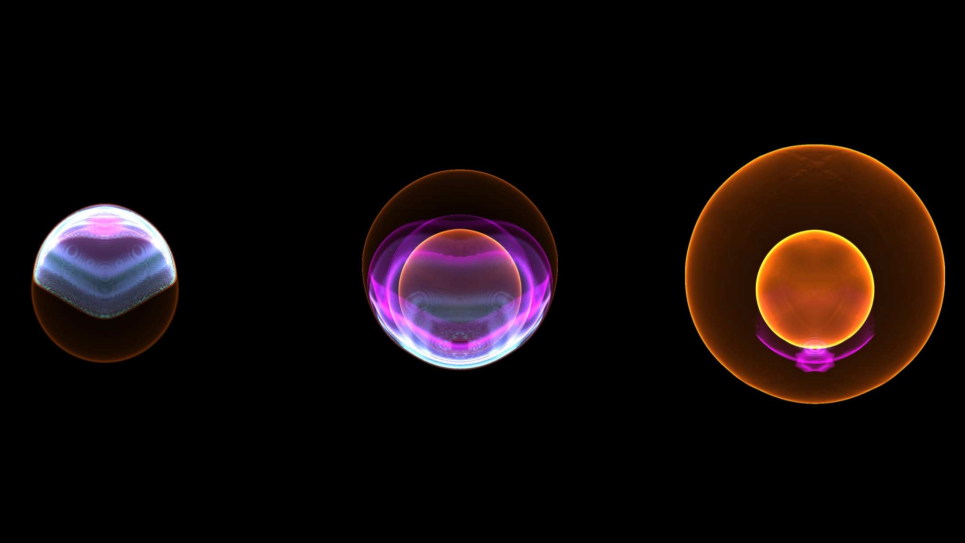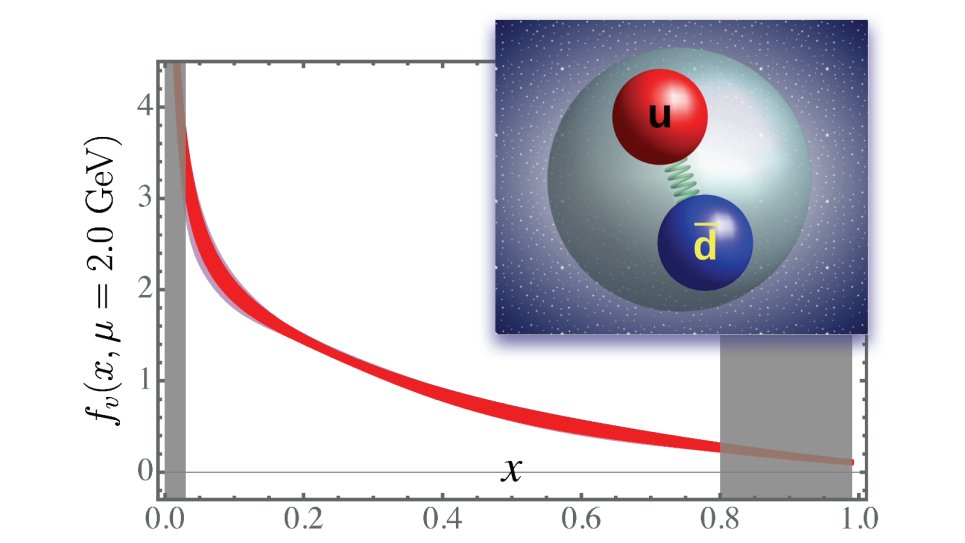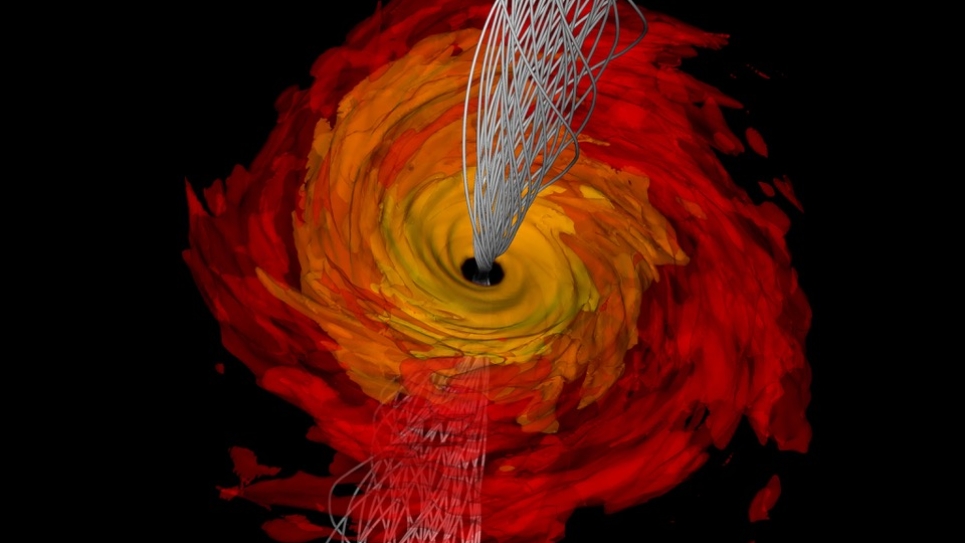Particle accelerators are an enabling technology for both basic research and the applied sciences. In basic research, accelerator-based experiments are the primary tool for studying the fundamental constituents of matter and the structure of nuclei. In the applied sciences, particle accelerators are used to probe the structure of materials and study the transmutation of nuclear waste. This project focuses on simulating accelerators at the world’s two largest accelerator facilities, Fermilab and CERN. Results will assist in upgrades at both facilities, enabling the next generation of particle accelerator research.
Upgrades for these facilities follow two paths. In the U.S., Fermilab is pursuing the Intensity Frontier, which will create intense proton beams for measurements of ultra-rare processes in nature and neutrino experiments, such as the Long Baseline Neutrino Experiment (LBNE). In Europe, CERN is pursuing the Energy Frontier by operating the Large Hadron Collider (LHC), the highest energy accelerator in the world. Although the LHC has only recently started operating, it has already facilitated an enormous impact on particle physics with the discovery of the Higgs boson.
Although the Fermilab and CERN accelerators support disparate areas of particle physics research, both upgrade efforts require an accurate understanding of intensity-dependent effects in their low- to medium-energy accelerators to move forward. Such understanding requires detailed numerical modeling that goes beyond the capabilities of desktop machines and simple clusters. This project combines state-of-the-art accelerator simulation software with petascale hardware to simulate the accelerators with unprecedented fidelity. The results will enable new discoveries in particle physics in both the Intensity and Energy Frontiers.


